“Am I annotating or carving my name into another’s surface? Do I make pictures that testify or do I take photos that extract and appropriate?”
On Persons and Place
“Photography can be viewed as the outcome of an interactive process between artist and subject, mediated to some extent by a mechanical device. The photographer brings to the process a set of beliefs and motivations and can in many ways manipulate the scene to express his or her own ideas. Likewise, the subject can to some degree influence the resulting image by means of expressions and pose, for example, and is not simply a passive object submitting to the camera’s demands”—Carolyn J. Marr
Stl’atl’imc and St̓át̓imcets Peoples
50.1163° N, 122.9574° W
[Whistler, BC, Canada]

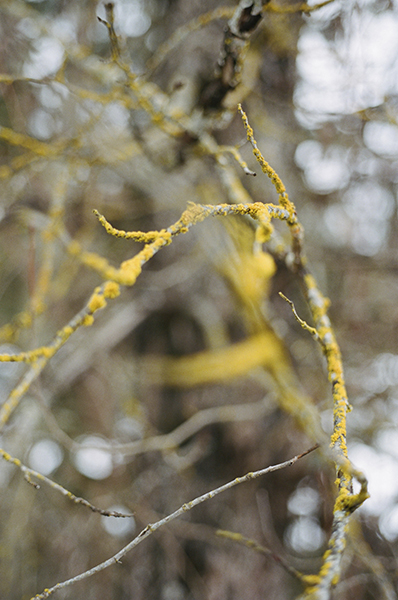
I tend to read more carefully with a pen in my hand, underlining and emphasizing, marking the printed page with evidence that I have attended closely. I get lost in cars, listening to audiobooks or podcasts; words float off before they reach my ears and I easily become disoriented and distracted. I need something sticky to cling to, otherwise sounds and sights sift through me. A camera is comfort in my hands. The stutter of a shutter clicking promises me future testimony: tangible proof that I paid attention, that I came and I saw. (Author’s photos and written reflection from a distance of three thousand miles)
Cession #356
48.3681° N, 124.6250° W
[Neah Bay, Washington, USA]

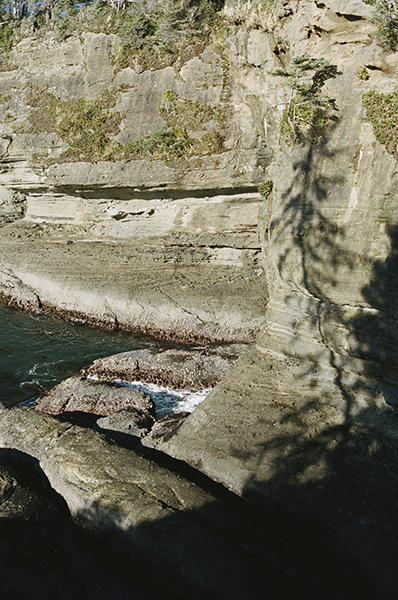
Cession #356
48.3681° N, 124.6250° W
[Neah Bay, Washington, USA]
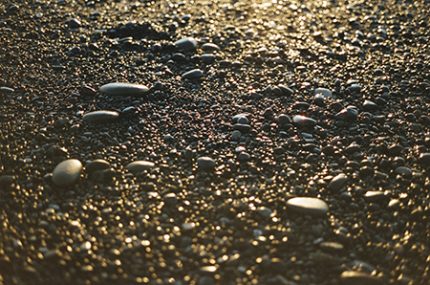
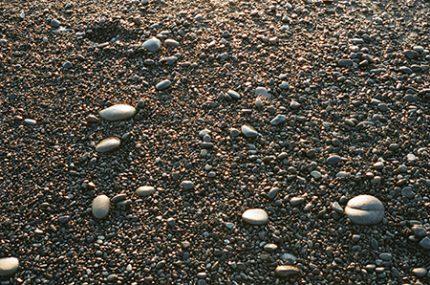
“It was no mere accident of historical circumstance that linked photography with imperialism: quite the contrary, the expertise crucial for first a photograph, then a photographic industry, accrued directly as a result of the centuries-long process of colonial acquisition”
—Alfred Bush
I wonder often about these excuses I make for myself. Am I annotating or am I carving my name into someone else’s surface? Am I a visual person or just cavalier with other people’s stories? Do I make pictures that testify or do I take photos that extract and appropriate? Are tools like pencils and cameras crutches that allow an individual to let their empathetic muscles atrophy? What are my intentions? What’s the difference between following your instincts and surrendering to your privilege? What shape does artistic license take to accommodate histories of violence and oppression? How does the personal greet the political? Where does my artistic practice intersect with your pain?
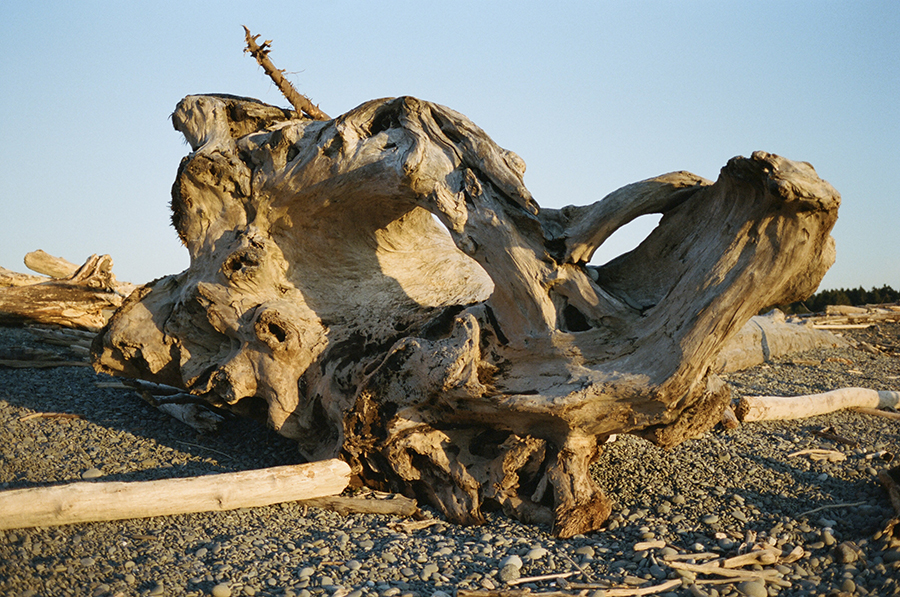
Cession #356
48.3681° N, 124.6250° W
[Neah Bay, Washington, USA]
“When is a photograph worth a thousand words? When photographs were occupied with ‘a thousand words’ of text the ‘official’ language often would fall short and many times completely miss the point”—Hulleah Tsinhnahjinnie
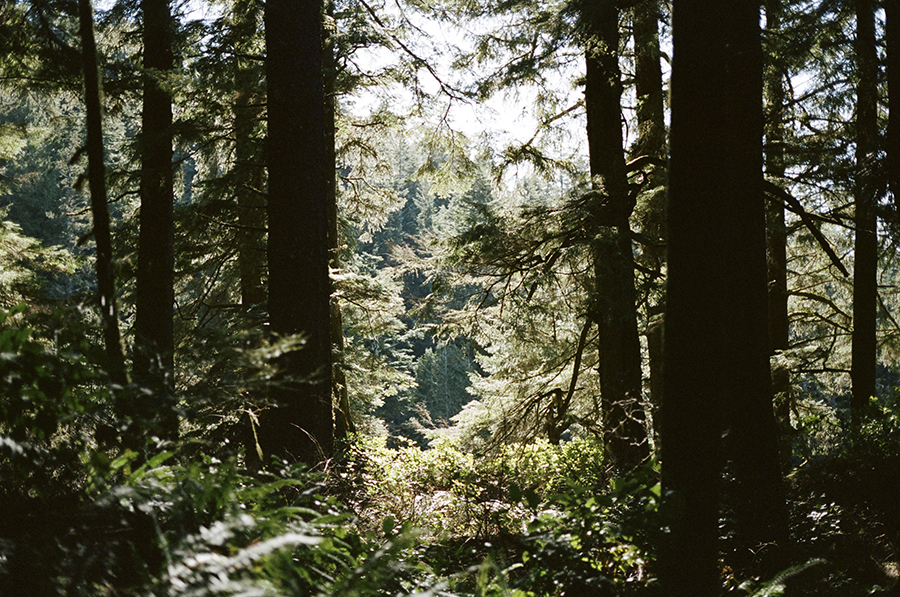
Cession #356
48.3681° N, 124.6250° W
[Neah Bay, Washington, USA]
The photographs here are my ideas about attentiveness and evasion. They contain within their necessarily exclusionary frames feelings of discomfort, denial, and the small, wounded-animal-yelp of fear that settles in my stomach when I believe I am out of place and overstepping a boundary. Many questions churned in me over the course of our trip through First Nations and Native American territory, some intimately my own, others the public provocations and considered critiques of academics, activists, artists and Native peoples. I asked and received answers. I felt entitled and enormous, my presence the culmination of centuries of arrogance and aggression. I tried to ask less, to be small and humble, open and deferential. I hid my camera and attempted to communicate with my gaze, my posture, the clasp of my hand; to say that I was pliant, gentle, trustworthy. (Me, my, I.) I tried to be convincing, endearing, and honest. I must have been so annoying, sucking up energy from everywhere constantly, spending precious time assembling an acceptable me. I didn’t make any pictures of the story-tellers, anthropologists, journalists, artists, artisans, basket-weavers, carvers, guides, elders, or scholars who agreed to meet with us. Instead, I turned my lens to the trees and dirt, the leaves and birds, ducking my head, averting my eyes, avoiding confrontation. I wanted to take less; there seemed to be no remedy for the anxiety of taking up space not yours, unceded, contested, dispossessed. I did end up making (making off with, making up, making a mess of). My “I” remained an eye. I hope my gaze was soft, tender, supple; I hope my intrusion and extraction was minimal, well-meaning, kindhearted.
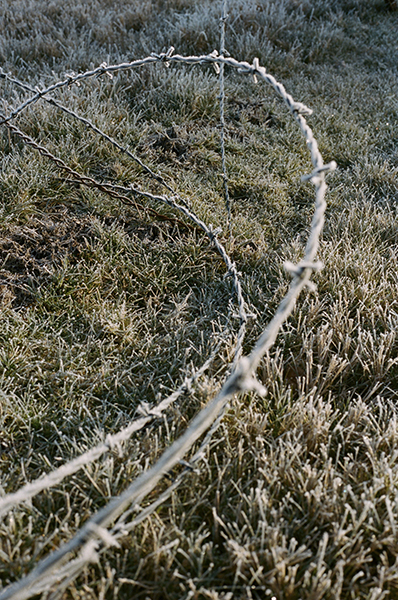
Cession #371
47.9504° N, 124.3855° W
[Forks, Washington, USA]
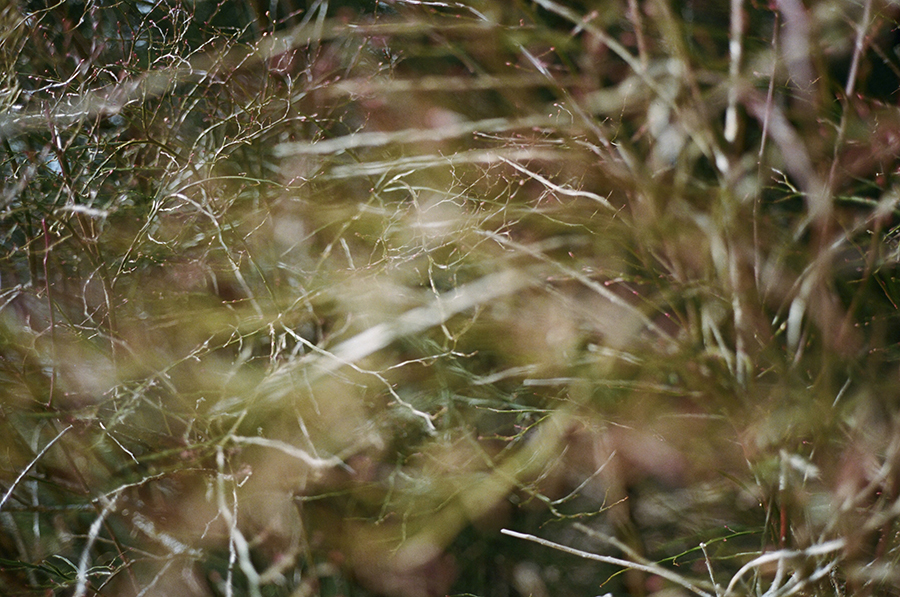
Cession #371
47.9504° N, 124.3855° W
[Forks, Washington, USA]
“Creating a visual history—and its representations—from Native memories or from Western myths: this is the question before Native image-makers and photographers today. The contest remains over who will image—and own—this history. Before too many assumptions are made, we must define history, define whose history it is, and define its purpose as well as the tools used for the telling of it. The intent of history is to help us keep our bearings. That is, to know what is significant and, most importantly, to teach us how to recognize the significant”—Theresa Harlan
Photography
Georgia Hilmer, all rights reserved.
Quoted material
Marr, Carolyn J. “Photographers and Their Subjects on the Southern Northwest Coast: Motivations and
Responses.” Arctic Anthropology, vol. 27, no. 2, 1990.
Bush, Alfred L., and Lee Clark Mitchell. The Photograph and the American Indian.Princeton University Press, 1994.
Tsinhnahjinnie, Hulleah J. “When Is a Photograph Worth a Thousand Words?” Photography’s Other Histories,Duke University Press, 2003.
Harlan, Theresa, et al. “Creating a Visual History: A Question of Ownership.” Aperture, 1995. No. 139.
Native territory designations
Native Land (https://native-land.ca/)
Territorial cessation information
National Nagpra (https://www.nps.gov/nagpra/ONLINEDB/Land_Cessions/INDEX.HTM)
Sources
“On Persons and Place” was created in response to the Americas Scholars 2018 trip to the Pacific Northwest.